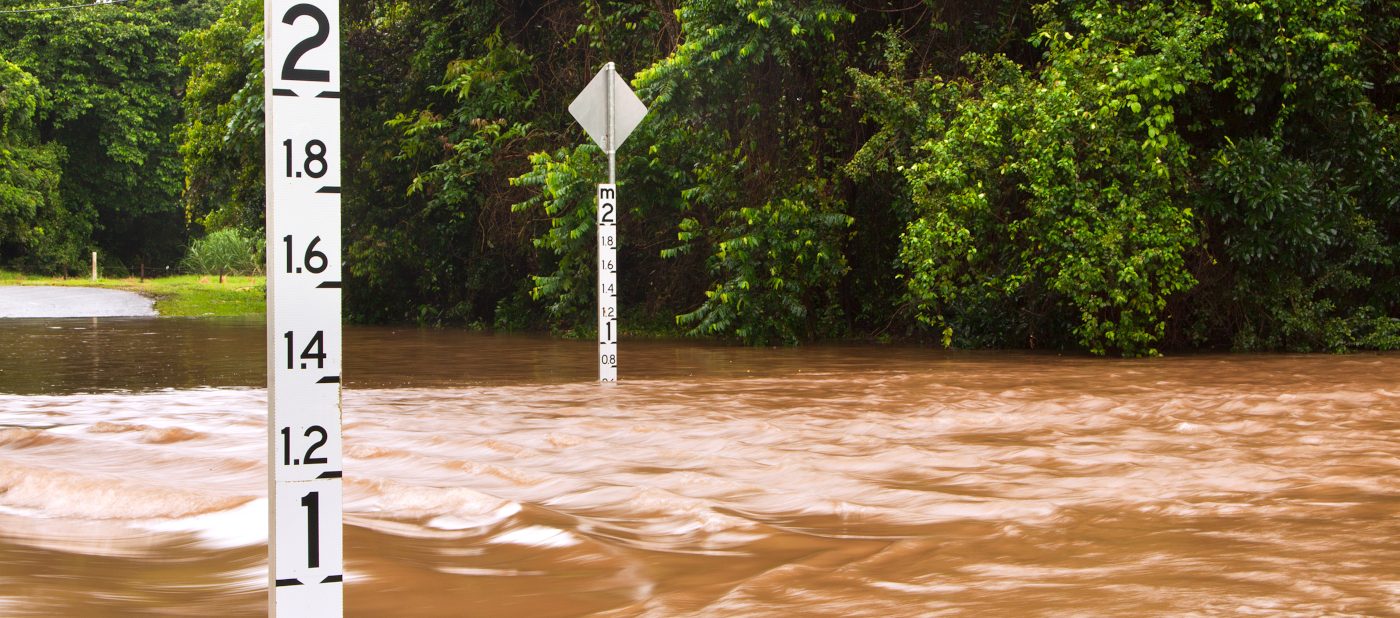
Natural disasters and what to do: children and teenagers with disability, autism or additional needs
How natural disasters affect children with disability, autism or other additional needs
Natural disasters can be distressing, unpredictable, sudden, dangerous and frightening. You often have to act quickly when they happen. And they might mean that you and your child have to leave home or interact with a lot of unfamiliar people.
Natural disasters can be traumatic for all children and teenagers. They can be particularly challenging for children and teenagers with disability, autistic children and teenagers, and children and teenagers with other additional needs.
For example, children and teenagers with intellectual disability or developmental delay might find it difficult to understand what’s happening in a natural disaster. They might not understand what to do, or they might have difficulty following instructions.
Autistic children and teenagers might be sensitive to changes in their routine or environment, have strong sensory sensitivities to unexpected sounds or smells, have particular fears, or find unfamiliar social environments challenging.
Children and teenagers who have a physical disability or need medical equipment or mobility aids might need help moving to a safe place, finding emergency power sources or getting access to medical treatment.
Children and teenagers with mental health problems might find that their symptoms get worse during an emergency and that they need specialised care.
Preparation for natural disasters is particularly important if your child has a disability, is autistic or has other additional needs. Preparation includes developing an action plan. It’s also important to organise information about your child, pack an emergency bag, and prepare your child for emergency situations.
During a natural disaster or when you need to evacuate: what to do
Follow your action plan
Your action plan tells what to do, when to do it, where to go and who to ask for help. Your action plan will help you respond quickly, stay calm and meet your child’s needs in this stressful situation.
Stay calm
You’re best able to help your child with their emotions when you’re calm yourself. Staying calm also helps you think clearly and make decisions. And when you’re calm, you’re showing your child that stress is normal in these situations, but you can manage it.
Explain what’s happening
If there’s time, it’s good to explain the natural disaster in a way your child can understand. For example, ‘There’s been a lot of rain. The river at the end of the street is full of water. If more rain comes, we might need to leave our house and go to Grandpa’s farm’.
Your child might have questions about what you’ve told them or what they’ve seen or heard in media coverage of the natural disaster. If you can, take time to answer the questions, or let your child know that you’ll answer them when you’re all safe.
Your child will need reassurance, so remind them that you’ll follow your family’s natural disaster plan and keep them safe. For example, ‘We have a plan to keep everyone safe. We know what to do’.
Give clear instructions
Your child needs instructions in a clear and direct way that works for them. For example, you could use a visual schedule if you have one, or you could give instructions one step at a time.
If you have time, check that your child understands what they need to do by getting them to say the instructions back to you.
Be prepared to go over the instructions several times.
At the emergency shelter or evacuation centre: what to do
Things to tell emergency support workers
When you arrive at the emergency shelter or evacuation centre, it’s essential to explain your child’s needs. This will help emergency support workers look after you and your child. For example:
- ‘My child needs access to power for their assistive device.’
- ‘My child’s medicine needs to be refrigerated.’
- ‘My autistic child is easily overwhelmed and needs a quiet space to calm down.’
If you need help later too, it’s OK to ask.
Things to ask
You’ll probably have some questions about how to meet your child’s needs at the shelter. For example:
- ‘Are there accessible toilets and where are they?’
- ‘Is there someone who can watch my child if I need to have a shower?’
- ‘Where can I let my child’s service animal go to the toilet?’
Helping your child feel safe
When you’re confident your child is physically comfortable, the most important thing is to help your child feel safe, calm and in control:
- Keep nap times, mealtimes and medicine schedules as regular as possible.
- Make sure your child can have their comfort items, fidgets or special interest items, or find new ones if you need to.
- Encourage your child to use headphones or earplugs and sunglasses if they find the shelter environment too noisy or visually stimulating.
- Try calming exercises with your child – for example, grounding, belly breathing or shake it out.
- Do activities to help your child cope with the environment at the emergency shelter – for example, making a safe space or moving with the room.
- Encourage your child to choose from these activity guides for children with diverse abilities. These guides have ideas for play and wellbeing. Your child can do activities on their own, with you or with other children.
- If your family has been separated during the evacuation or your child is concerned about their friends or other family members, explain the situation to your child. If possible, reassure them that all family members are safe.
his article was originally published on the Raising Children Network website and has been republished with permission.
Raising Children Network provides free, reliable, up-to-date and independent information to help your family grow and thrive together. Designed for busy families and full of practical tips, they have the answers to hundreds of parenting questions, where and when you need them. Raising Children Network is there for you, every step of your parenting journey. Learn more at raisingchildren.net.au






